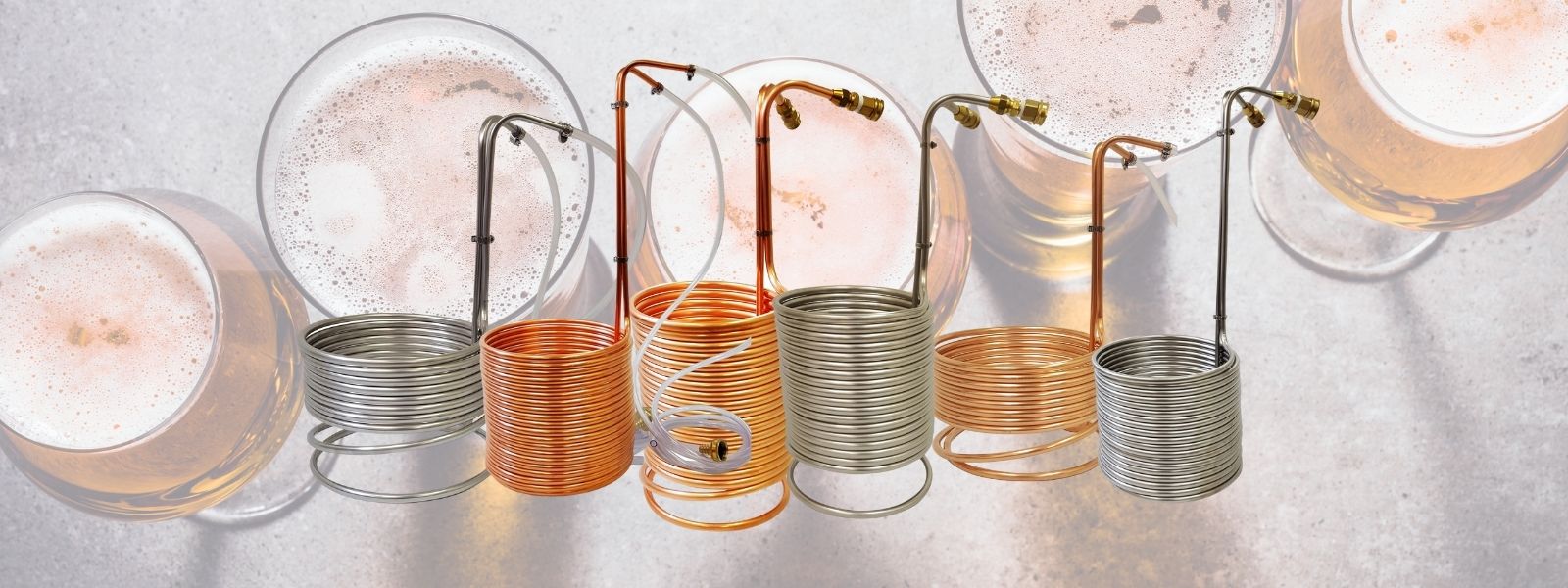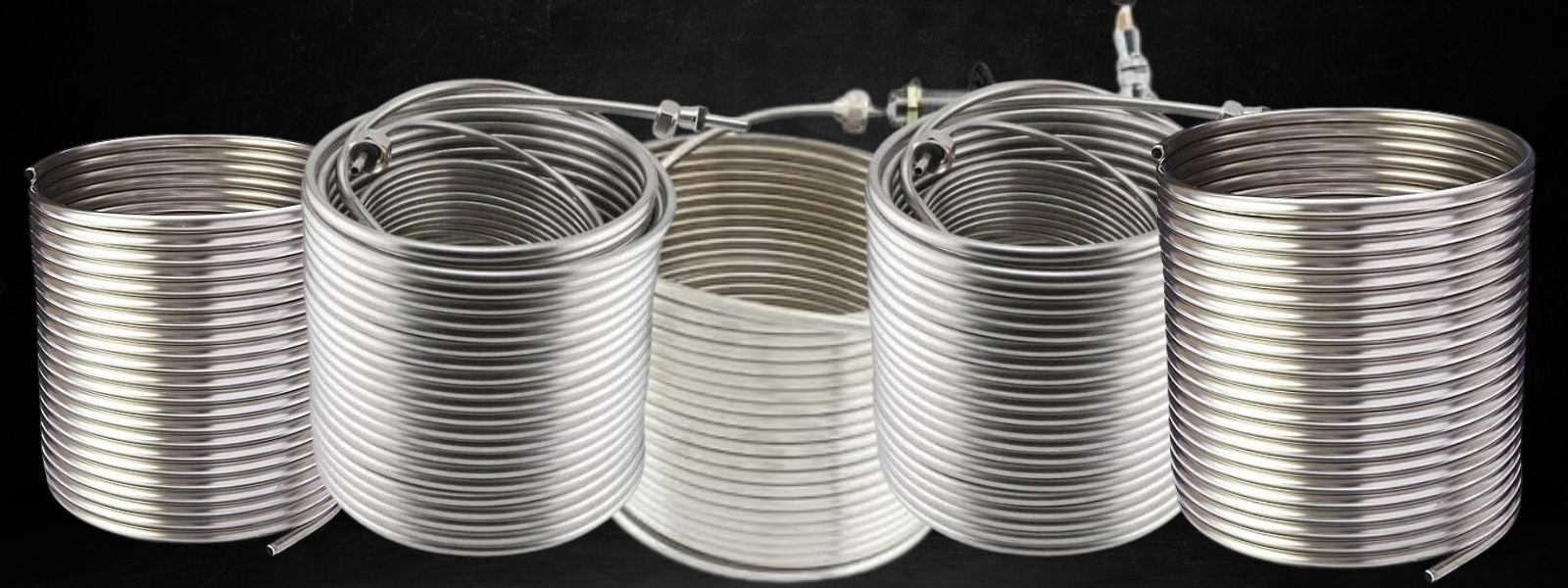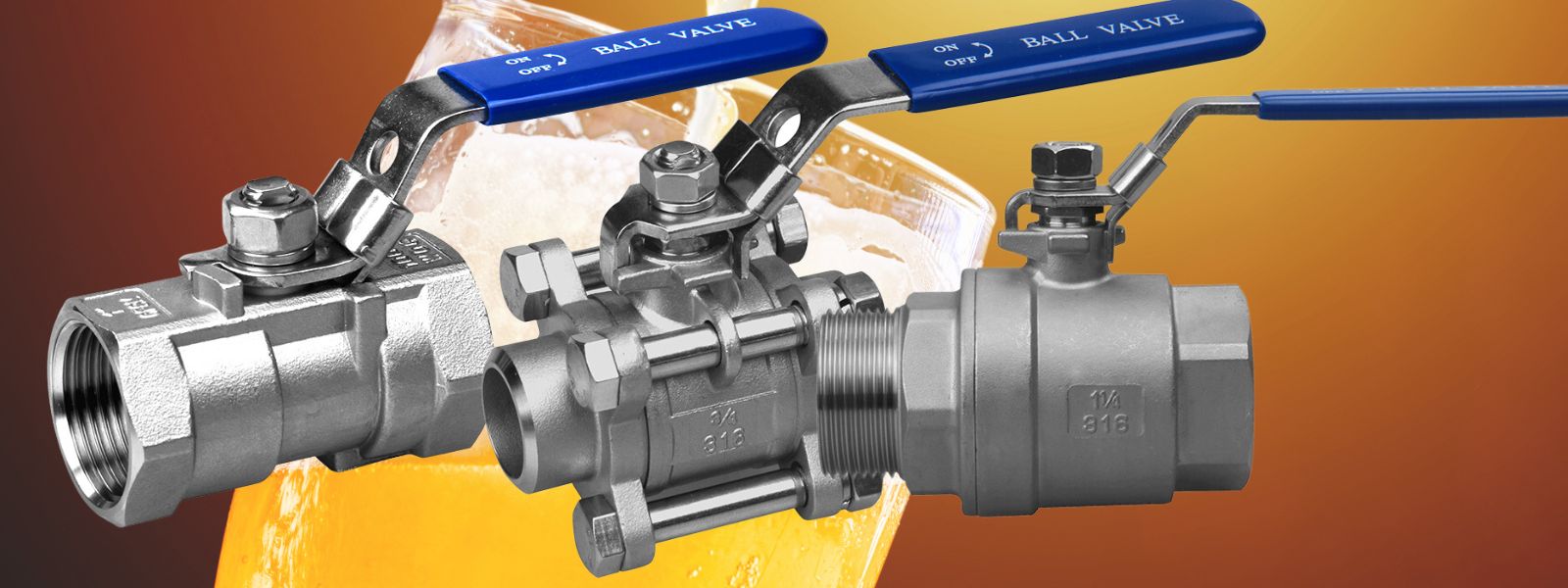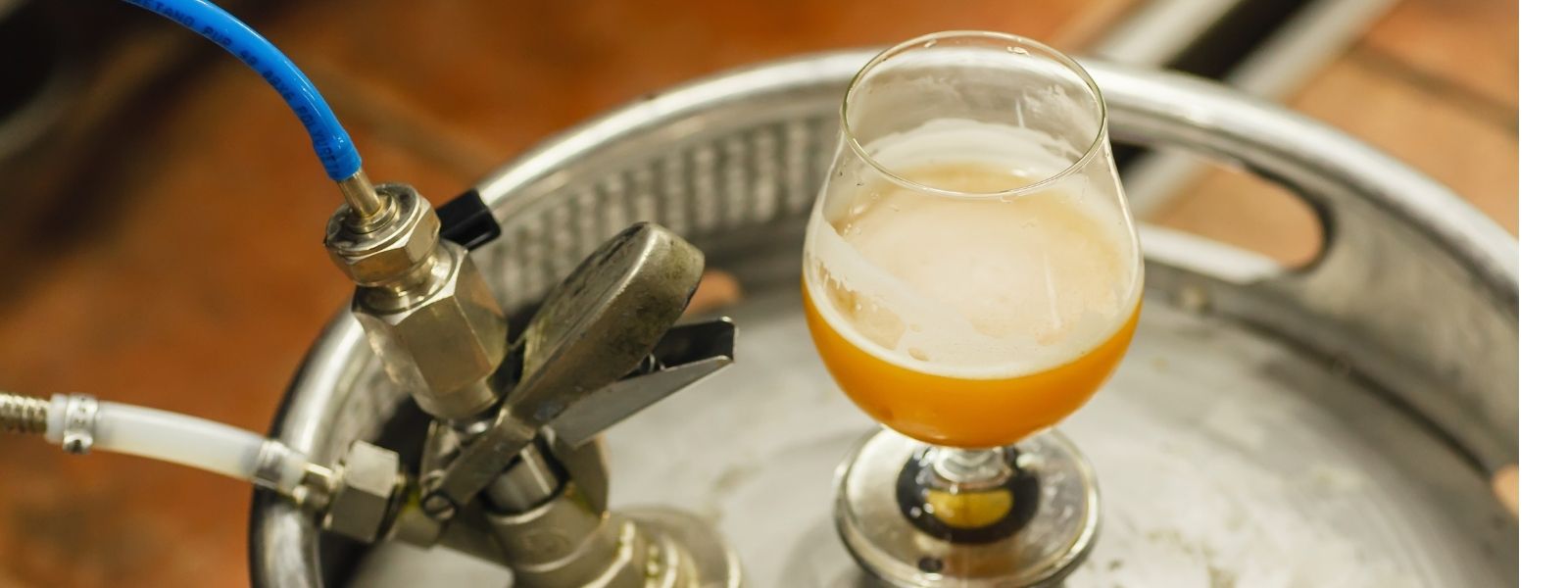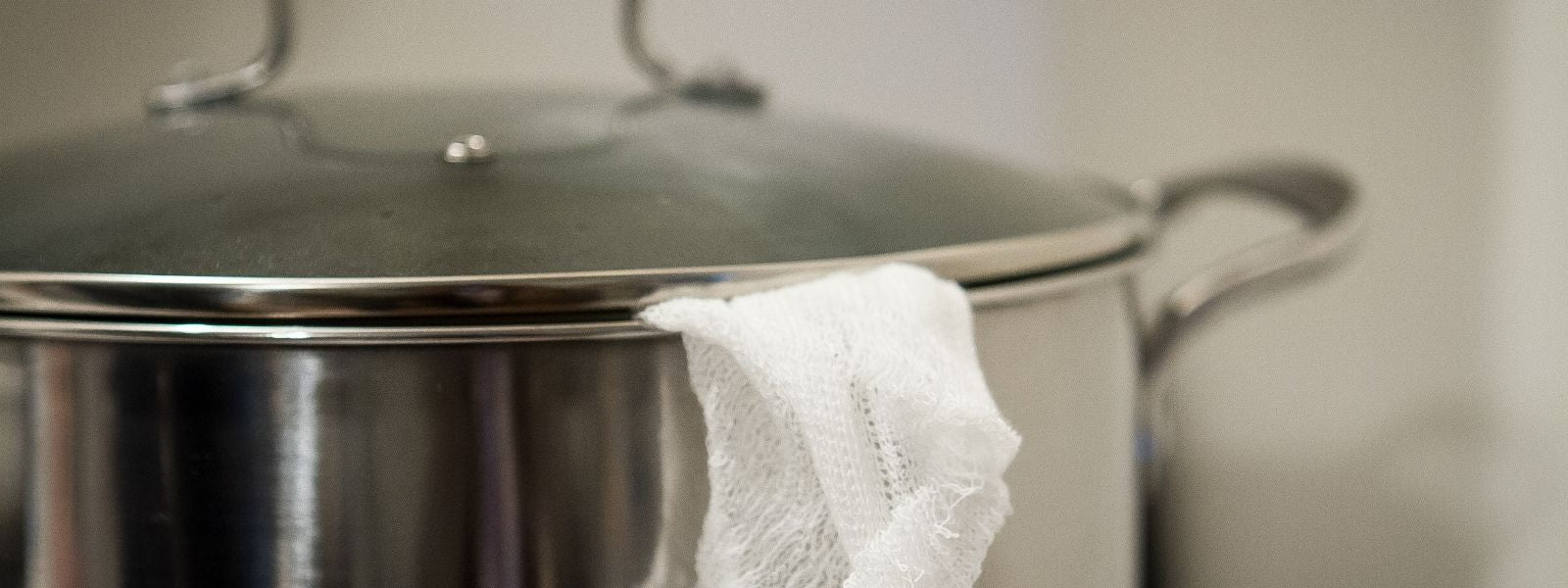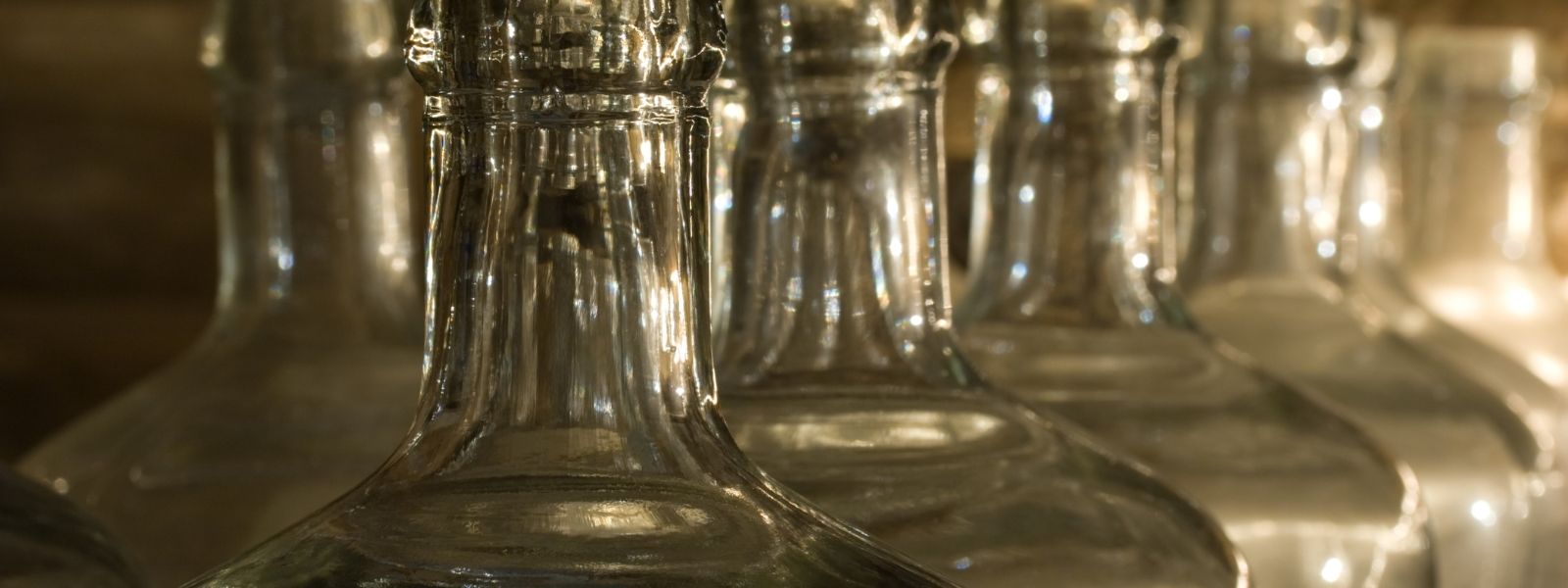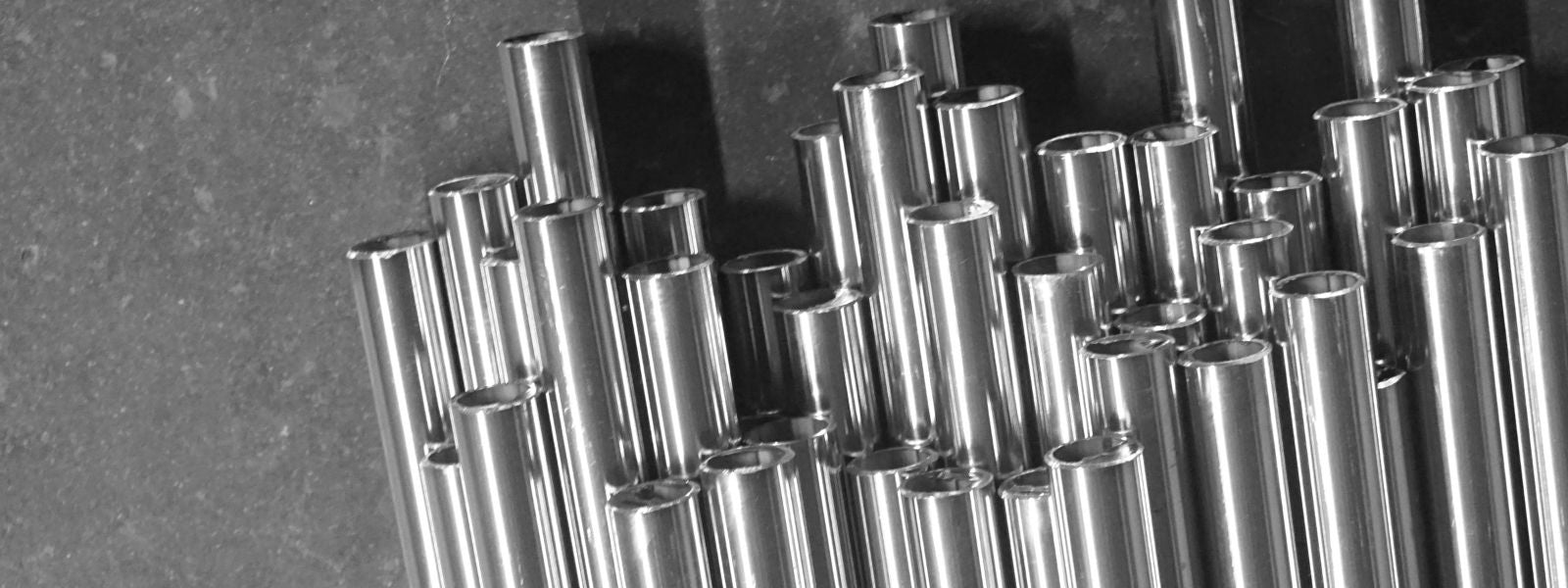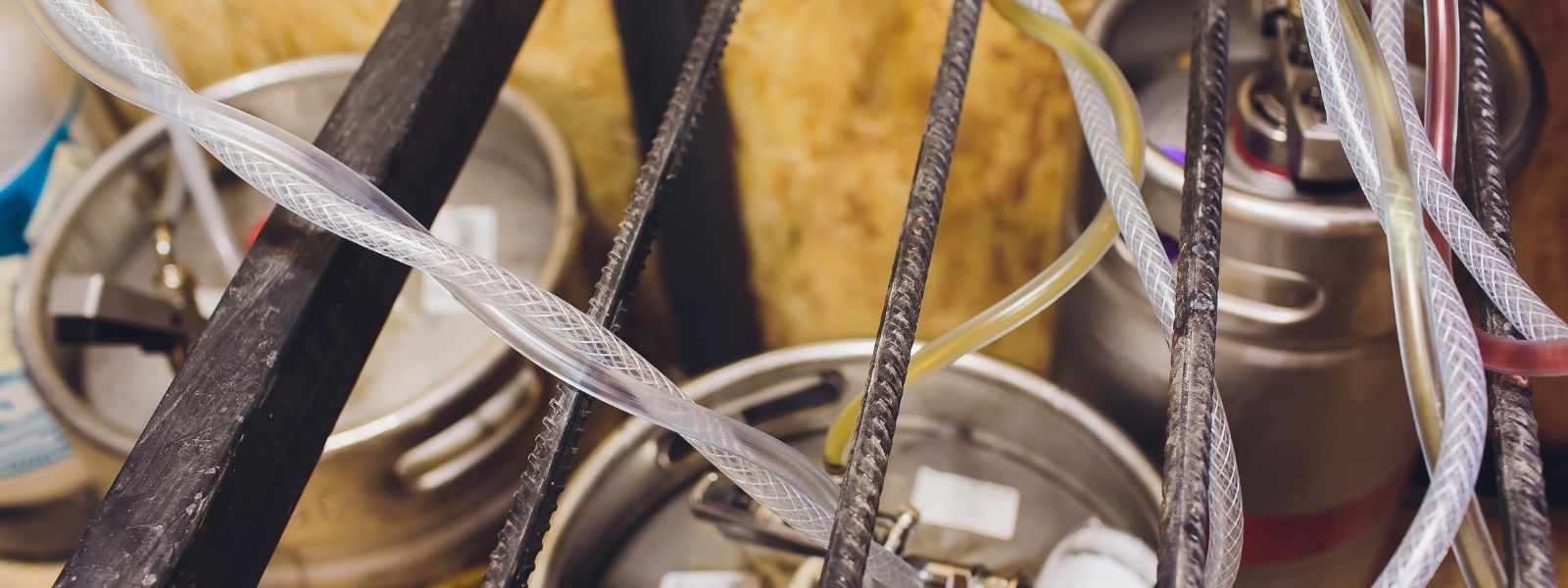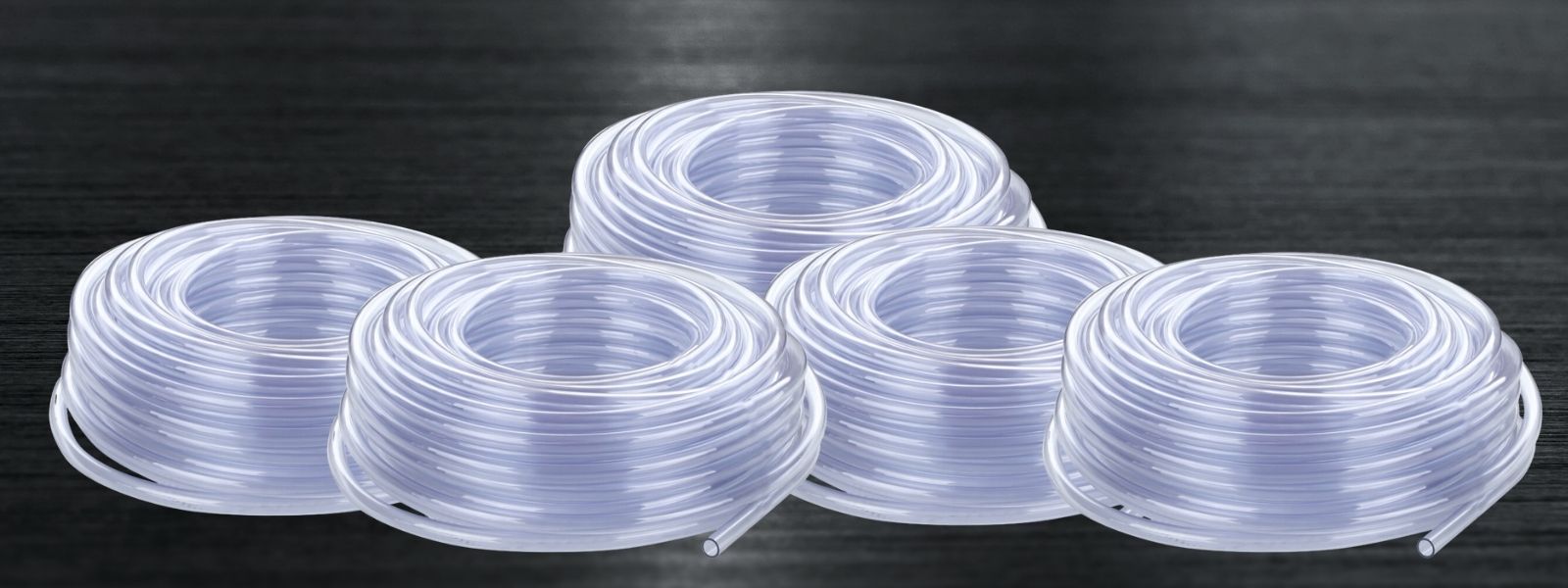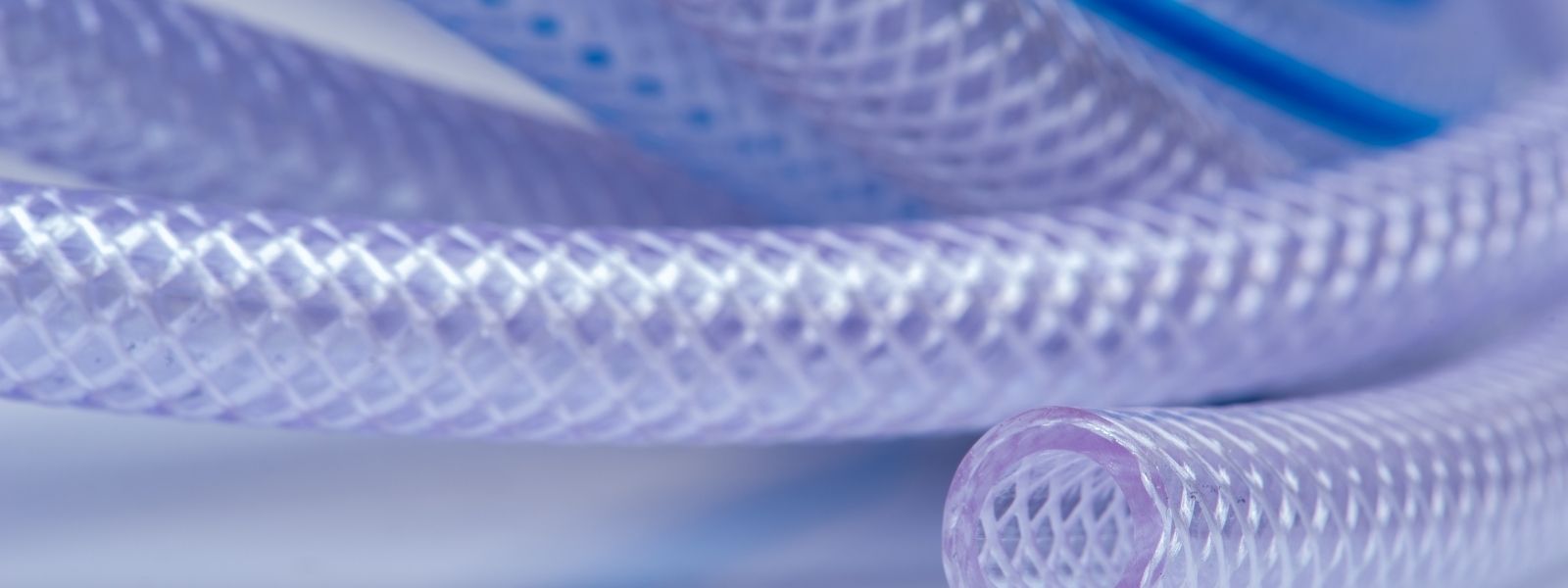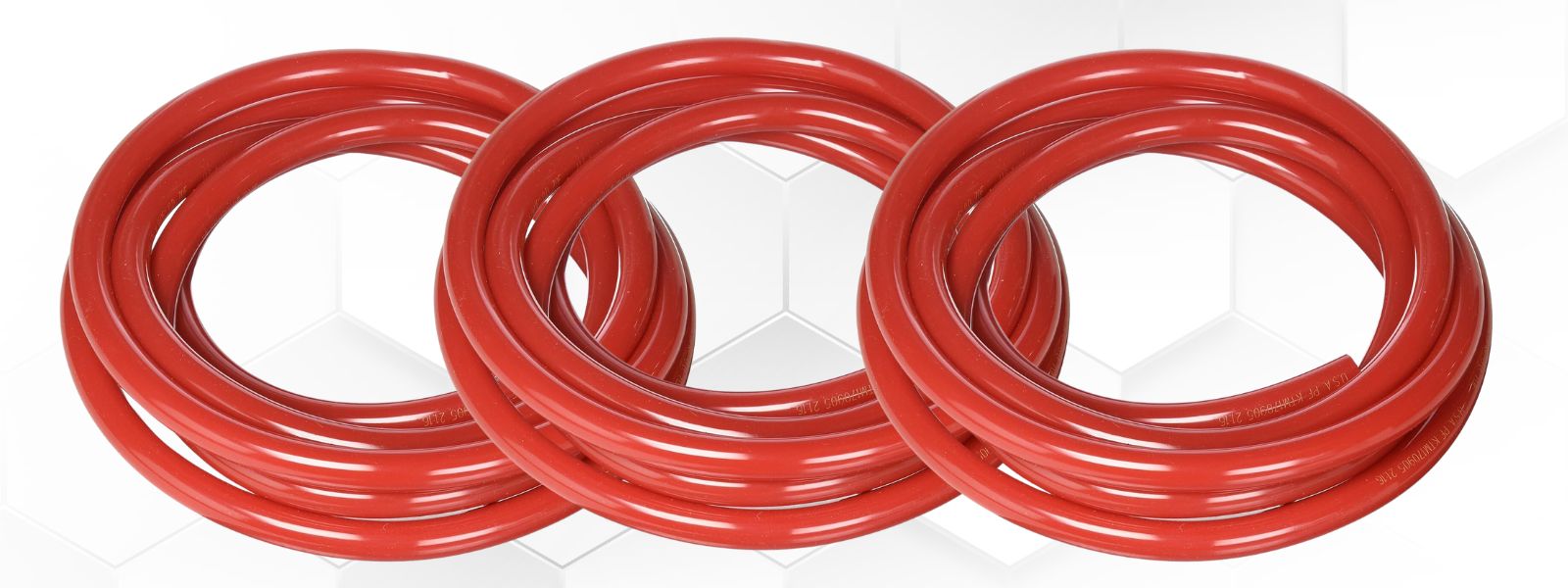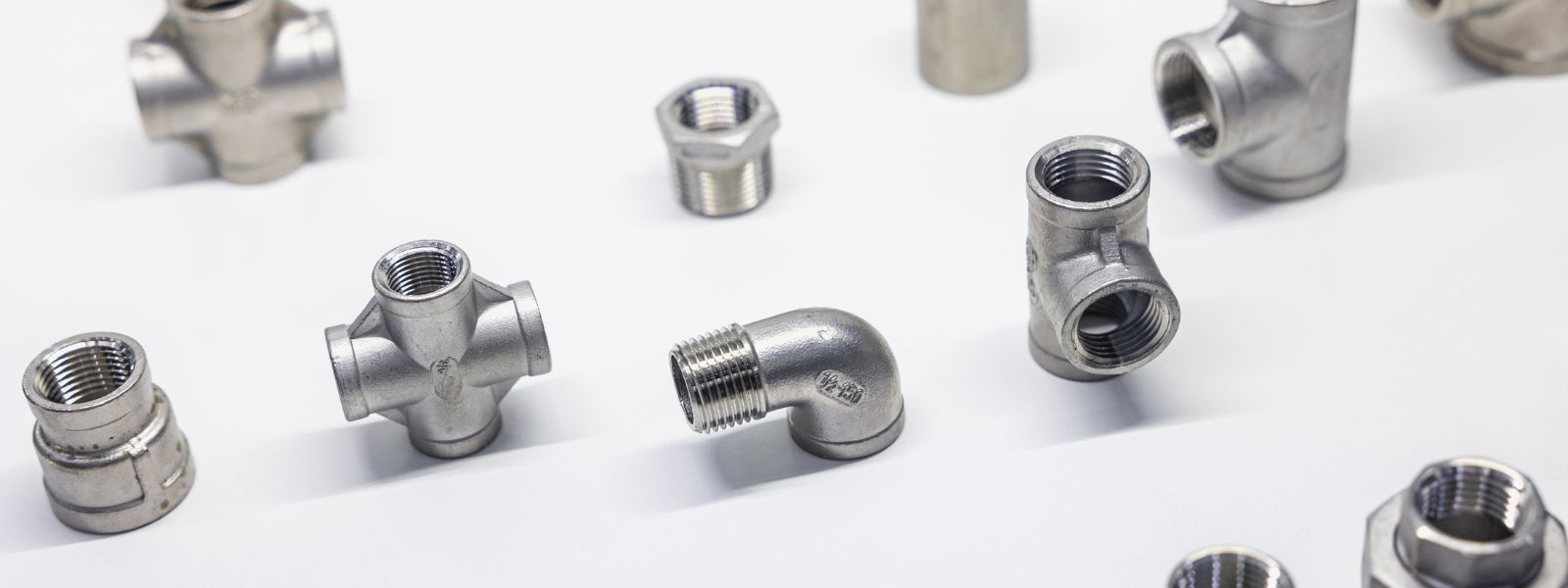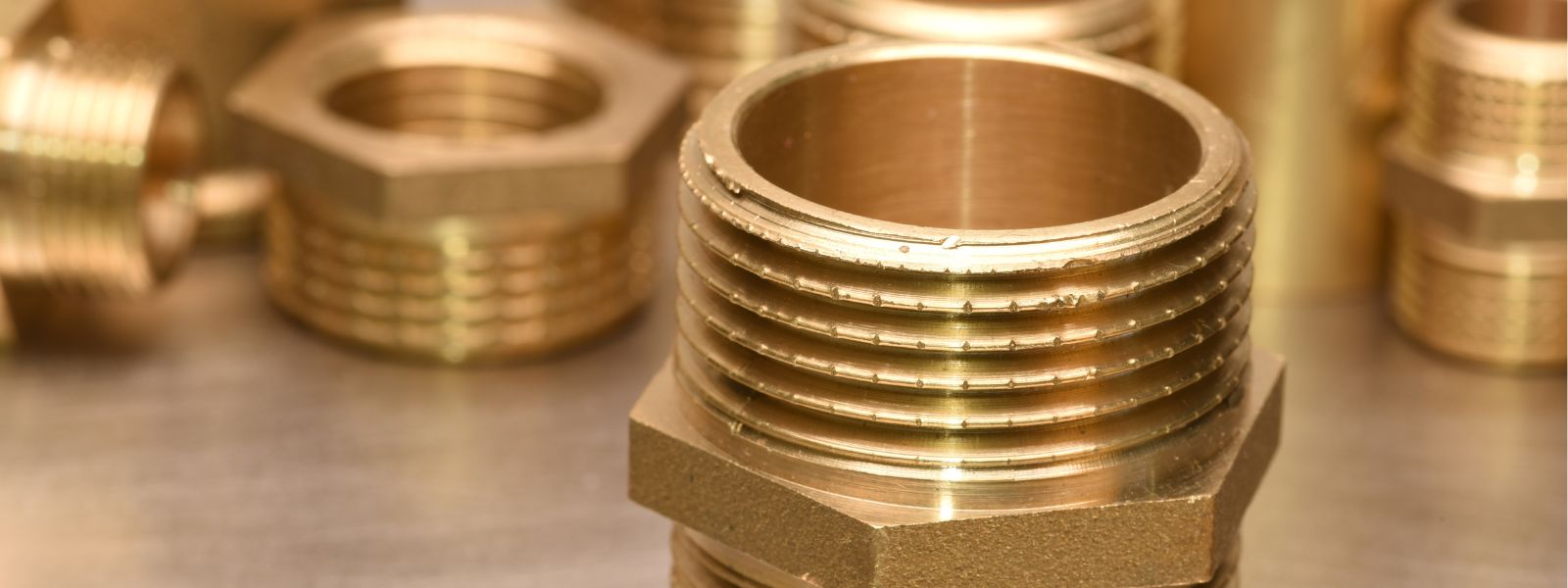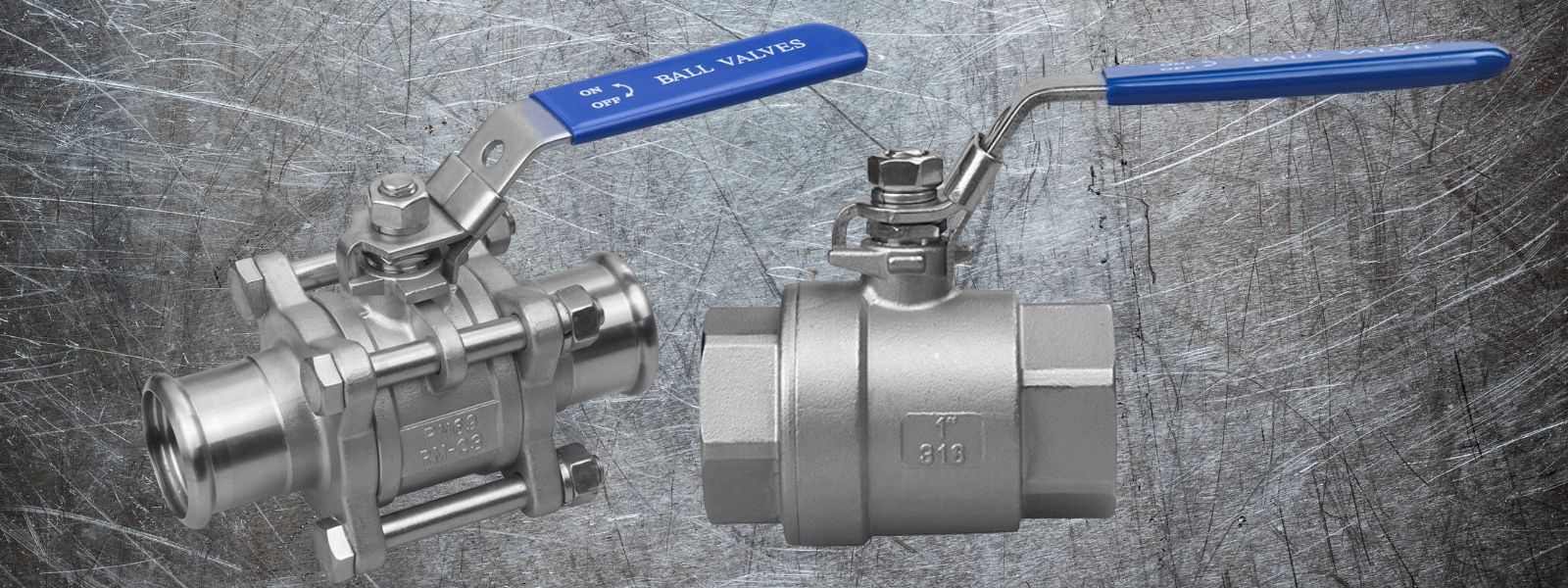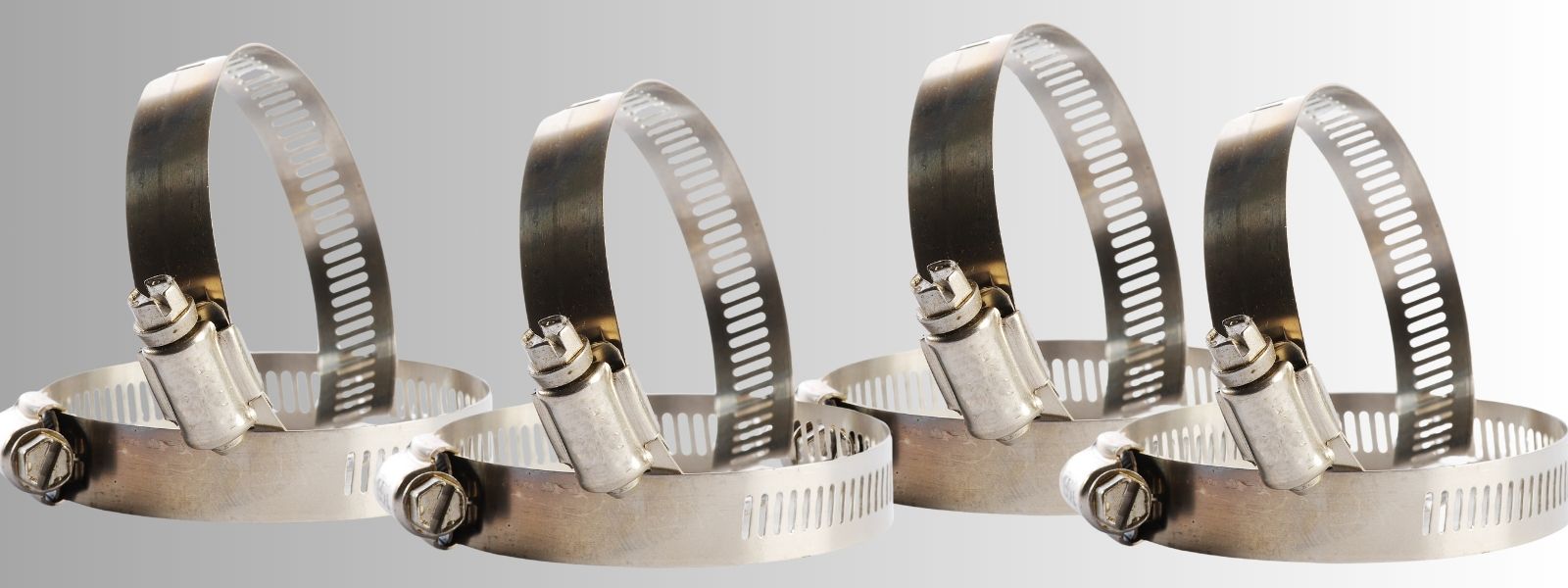- Heat Exchange Coils
- Dispensing
- Brewing
- Tubing
- Fittings & Clamps
-
Recently Viewed
You have no recently viewed items.

The use of 316 .028 Stainless tubing coils as a component of Hydroponic systems
316 .028 Stainless steel tubing coils are valuable components in hydroponic systems, primarily used for temperature control and nutrient delivery. Here’s how they function:
1. Temperature Regulation via Heat Exchangers
- Cooling or Heating the Water: Stainless steel tubing coils can serve as part of a heat exchanger system, helping maintain the ideal water temperature in hydroponic systems. They are immersed in water reservoirs or connected to external chillers or heaters.
- Coolant Flow: Cold or hot water circulates through the stainless steel tubing, either cooling or heating the surrounding nutrient solution. This temperature control is critical in maintaining optimal plant health, as fluctuating water temperatures can stress plants and impair nutrient uptake.
- Efficient Heat Transfer: The thin .028-inch wall thickness allows for rapid heat exchange between the coolant inside the tubing and the water outside, ensuring effective temperature management with minimal energy consumption.
2. Corrosion Resistance
- Exposure to Nutrients: Hydroponic systems use nutrient-rich solutions that can be corrosive over time. 316 stainless steel is highly resistant to corrosion, particularly from chloride ions, making it ideal for long-term use in hydroponic environments.
- Durability: The tubing coils do not degrade or react with the nutrient solution, ensuring that the water remains uncontaminated and the system operates efficiently.
3. Nutrient Delivery and Circulation
- Fluid Transport: Stainless steel tubing coils can also be used to transport nutrient solutions or water throughout the hydroponic system. Their flexibility allows for easy installation in compact systems, while their durability ensures they won’t break down or leach materials into the water.
- Even Distribution: The coils provide an even flow of water or nutrients, ensuring all plants in the system receive the necessary amounts for growth. This is especially important in systems like nutrient film technique (NFT) or deep water culture (DWC), where consistent water movement is crucial.
4. Oxygenation
- Oxygen Exchange: In some systems, the coils can also assist with oxygen exchange, either by cooling the water to hold more dissolved oxygen or through the introduction of air pumps that flow through the coils, helping oxygenate the water for healthier roots.
5. Customizable and Compact Design
- Flexible Layout: The coils can be shaped and arranged to fit the system’s design, whether in vertical hydroponics or horizontal setups. This flexibility allows for efficient use of space and optimal nutrient flow and temperature control.
- Compactness: Tubing coils are compact and can be easily integrated into the hydroponic system without taking up much space, making them ideal for systems where efficiency and space utilization are important.
6. Hydroponic System Integration
- Chiller or Heater Integration: When paired with a chiller or heater, the tubing coils are immersed in water reservoirs, and cold or hot water is pumped through them to regulate the system's temperature. The heat transfer process efficiently cools or heats the nutrient solution, maintaining the ideal environment for plant roots.
- Circulation Systems: Stainless steel tubing coils can also be used in systems that require continuous circulation of water, such as ebb and flow systems. The coils help keep the water moving, ensuring proper oxygenation and nutrient delivery.
7. Use in Commercial Hydroponics
- Scalability: In large-scale hydroponic systems, stainless steel tubing coils are used to regulate temperatures across vast water reservoirs or deliver nutrient solutions over long distances without contamination or wear and tear.
In summary, 316 .028 stainless steel tubing coils are used in hydroponic systems for temperature control, nutrient delivery, and oxygenation. Their corrosion resistance, efficient heat transfer, and flexible design make them ideal components for maintaining optimal growing conditions in both small and large-scale hydroponic setups.
- Choosing a selection results in a full page refresh.

